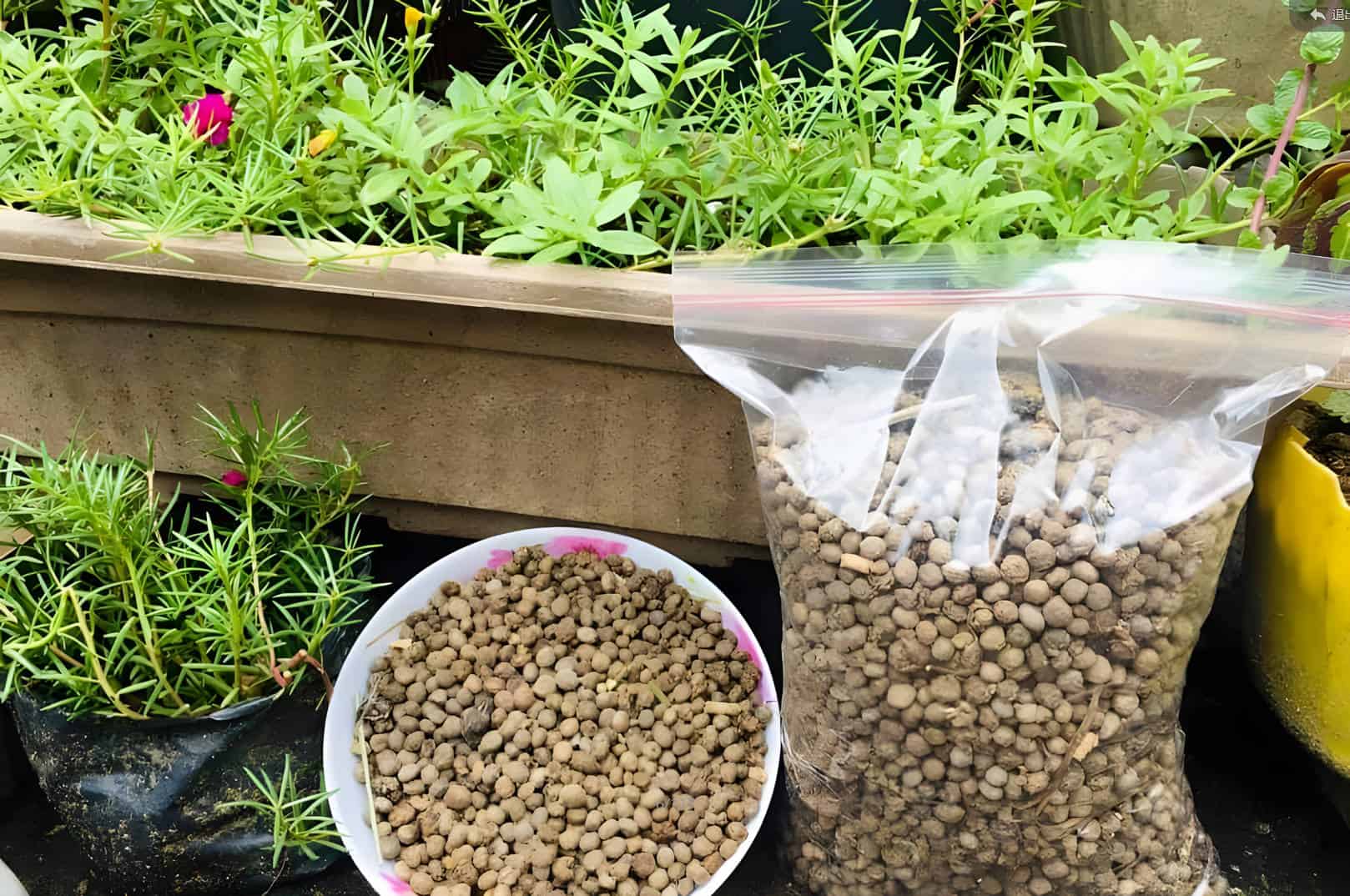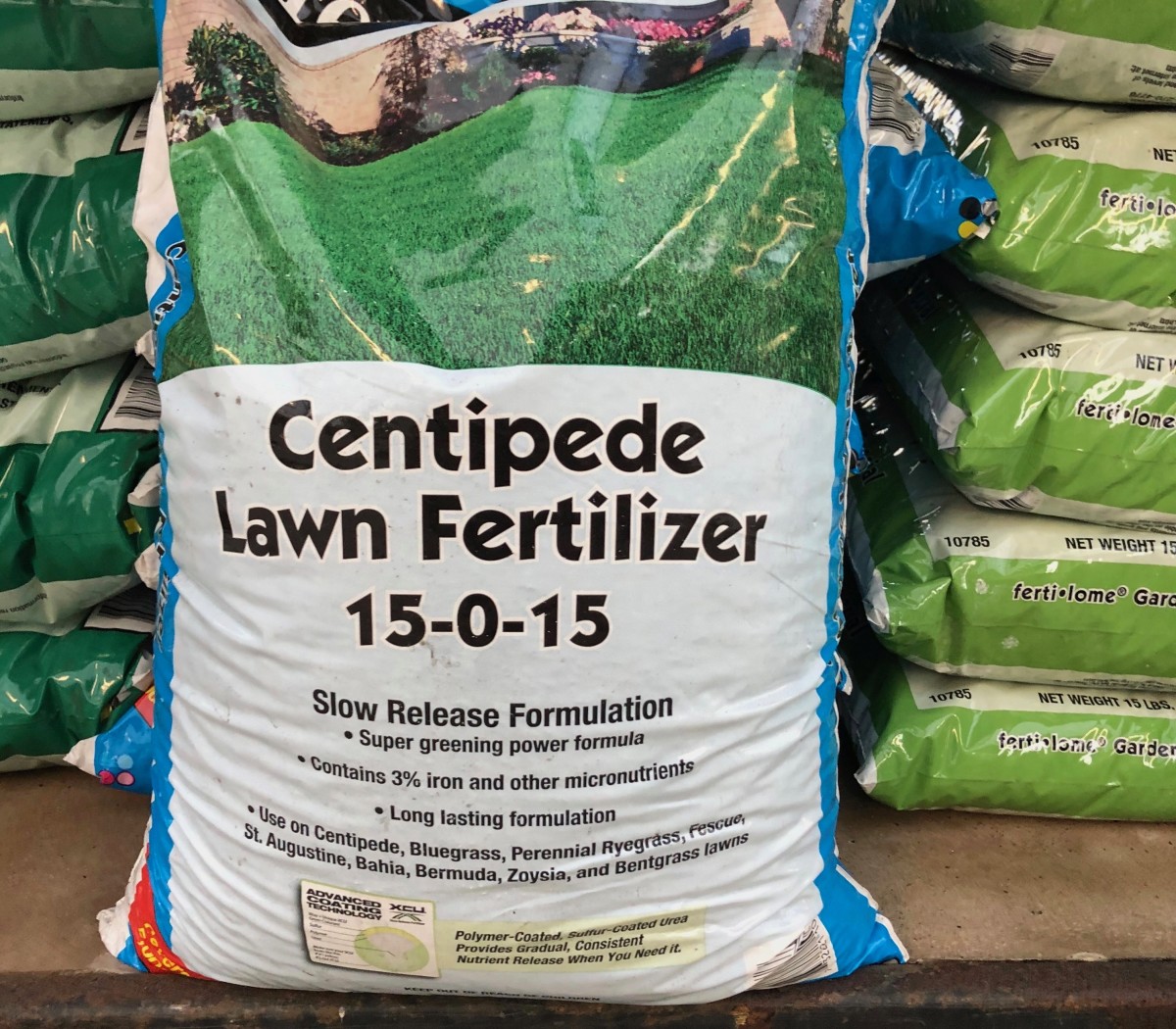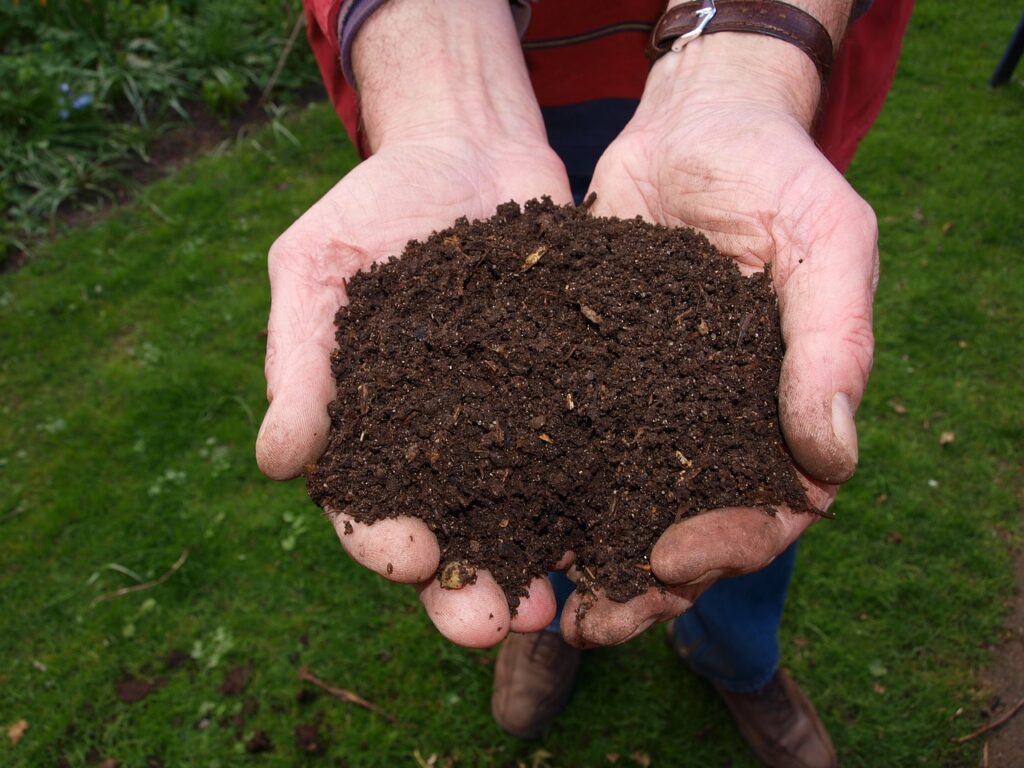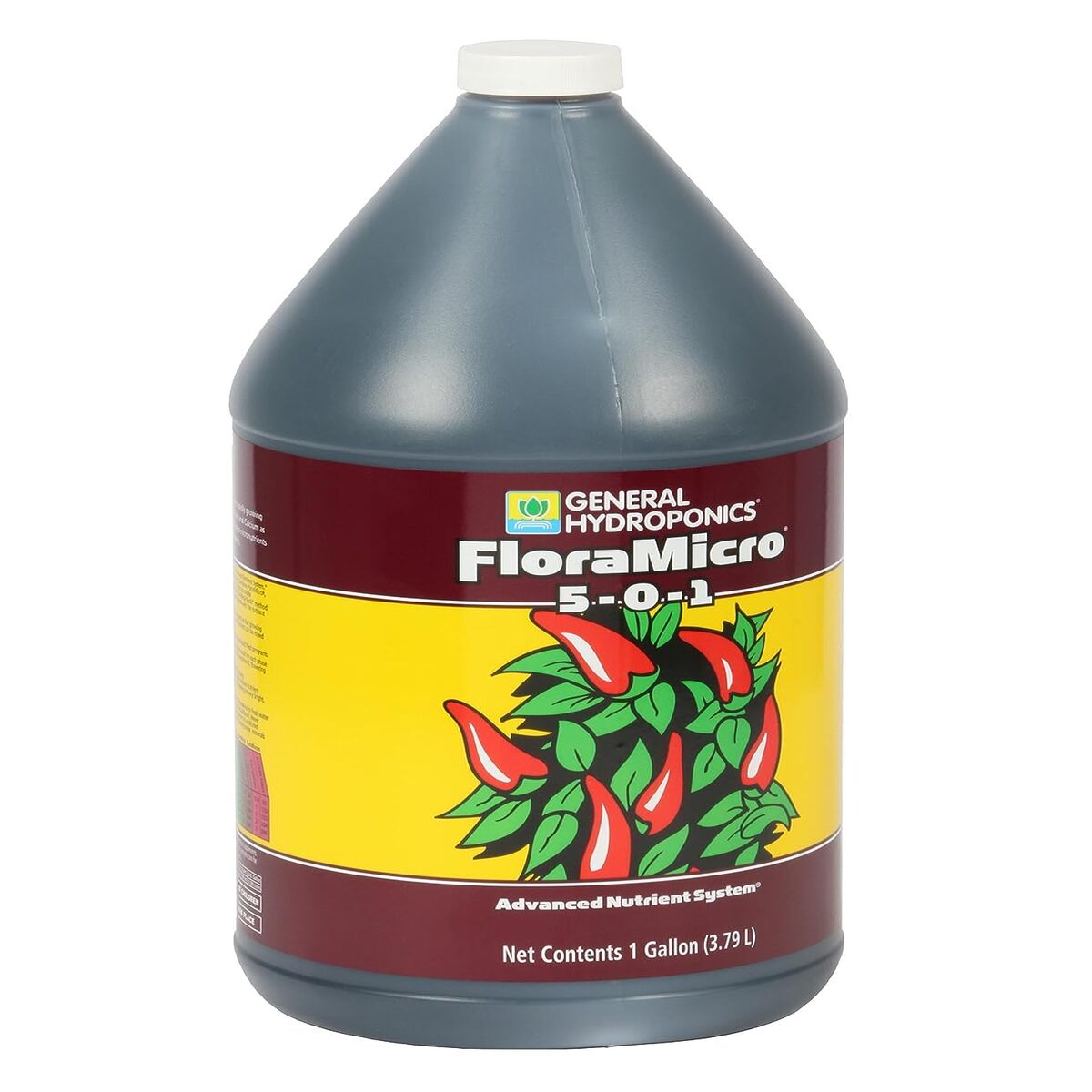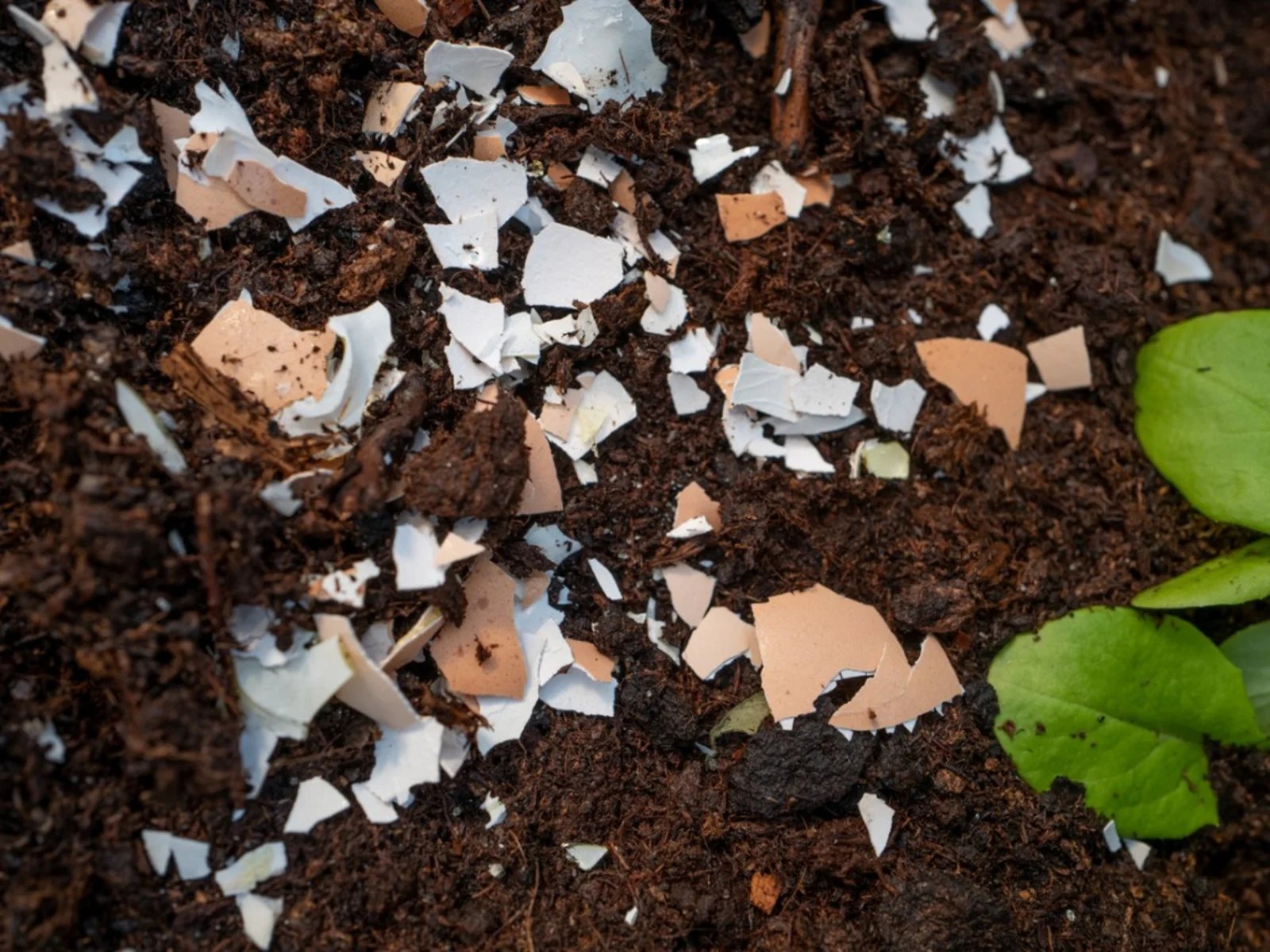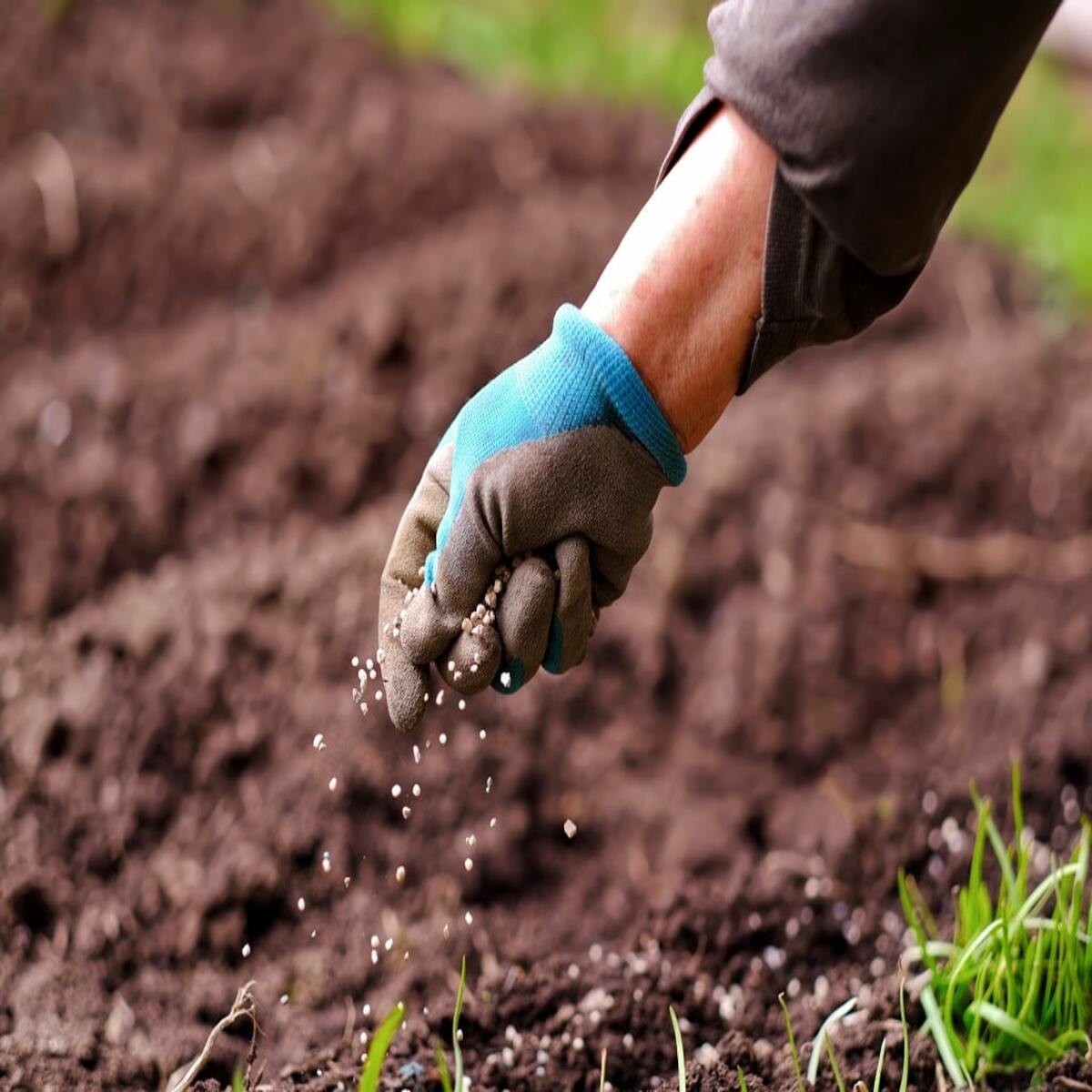Home>Gardening Basics>When To Use 18-24-12 Fertilizer
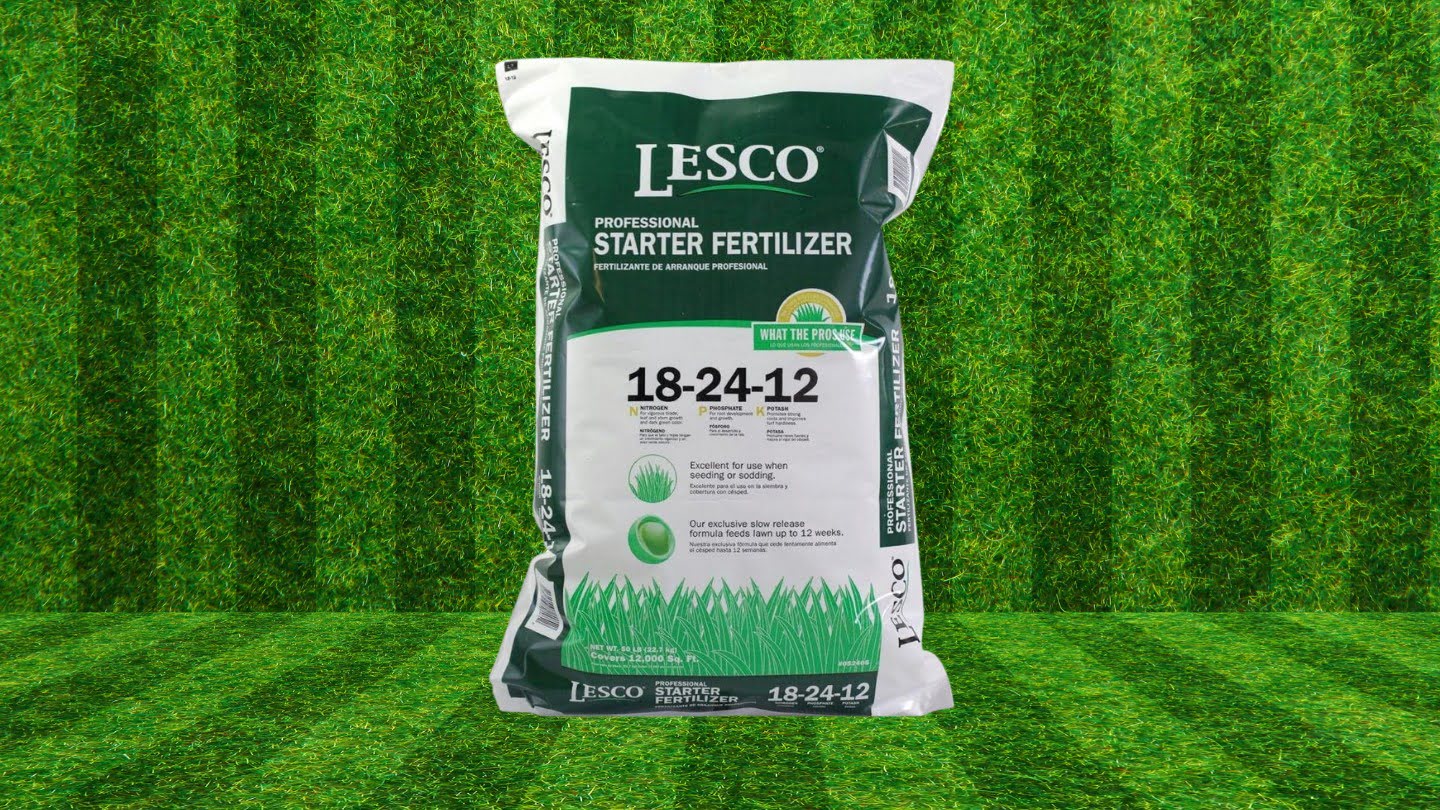

Gardening Basics
When To Use 18-24-12 Fertilizer
Modified: January 22, 2024
Learn when and how to use 18-24-12 fertilizer to get started on achieving a healthy and thriving garden.
(Many of the links in this article redirect to a specific reviewed product. Your purchase of these products through affiliate links helps to generate commission for Chicagolandgardening.com, at no extra cost. Learn more)
Table of Contents
Introduction
Welcome to the world of gardening, where you can nurture and watch beautiful plants thrive. One essential aspect of gardening is the use of fertilizer, which provides plants with the necessary nutrients for healthy growth. There are various types of fertilizers available, each designed to meet specific plant needs. One such fertilizer is the 18-24-12 fertilizer, known for its balanced nutrient composition.
The 18-24-12 fertilizer, as indicated by its numbers, contains 18% nitrogen, 24% phosphorus, and 12% potassium. These three macronutrients are crucial for promoting plant growth, strengthening root systems, and enhancing overall plant health. By understanding the benefits and appropriate use of 18-24-12 fertilizer, you can effectively nourish your plants and ensure their optimal development.
Whether you’re a seasoned gardener or just starting out, this article will guide you through the world of 18-24-12 fertilizer. You’ll learn about the types of plants that benefit from this fertilizer, the best time to apply it, how to apply it, and important precautions to consider. By the end of this article, you’ll have a solid understanding of when and how to use 18-24-12 fertilizer to maximize the health and beauty of your plants.
So, let’s dive in and explore the wonders of 18-24-12 fertilizer, taking your gardening efforts to new heights!
Understanding 18-24-12 Fertilizer
Before we delve into the specifics of when and how to use 18-24-12 fertilizer, let’s gain a deeper understanding of what this fertilizer actually consists of and why it is beneficial for plants.
The numbers 18-24-12 represent the percentage of nitrogen (N), phosphorus (P), and potassium (K) in the fertilizer. These three macronutrients are essential for plant growth and development. Nitrogen is responsible for leaf and stem growth, phosphorus aids in root development and flowering, and potassium helps with overall plant health, including disease resistance.
The balanced composition of 18-24-12 fertilizer ensures that plants receive a steady supply of these vital nutrients. This balanced ratio is particularly beneficial for plants during their early stages of growth and when they are establishing strong root systems.
Not only does 18-24-12 fertilizer provide a well-rounded nutrient mix, but it also contains other micronutrients that further support plant health. These micronutrients, such as iron, manganese, and zinc, play critical roles in various physiological processes, including photosynthesis and enzyme activation.
An important aspect of understanding 18-24-12 fertilizer is recognizing that it is a granular fertilizer. This means that it comes in the form of small, solid particles that are spread around the base of the plants. The granules slowly release nutrients into the soil, providing a continuous supply of nourishment to the plants over time. This gradual release ensures that plants receive a consistent and balanced nutrient uptake without the risk of nutrient overload.
Now that you have a solid understanding of what 18-24-12 fertilizer is and how it benefits plants, it’s time to explore the specific types of plants that thrive when this fertilizer is used. So, let’s move on to the next section and discover which plants you can nurture with 18-24-12 fertilizer!
Types of Plants that Benefit from 18-24-12 Fertilizer
Now that we understand the composition and benefits of 18-24-12 fertilizer, let’s explore the different types of plants that greatly benefit from its use. While this fertilizer can be beneficial for various plants, there are certain types that particularly thrive when treated with 18-24-12.
1. Flowering Plants: If you love cultivating vibrant and blooming flowers, then 18-24-12 fertilizer is an excellent choice. The high phosphorus content promotes healthy flower bud formation and enhances the plant’s ability to produce more abundant and colorful blooms. Roses, petunias, marigolds, and lilies are just a few examples of flowering plants that respond positively to 18-24-12 fertilizer.
2. Fruit-Bearing Plants: Whether you have a small home orchard or a few fruit trees in your backyard, using 18-24-12 fertilizer can significantly boost their productivity. The balanced nutrient composition of this fertilizer supports vigorous growth, strong root development, and abundant fruit production. Fruit-bearing plants like tomatoes, peppers, strawberries, and apple trees can all benefit from the use of 18-24-12 fertilizer.
3. Vegetable Plants: If you’re growing a vegetable garden, 18-24-12 fertilizer can provide the necessary nutrients for robust plant growth and a bountiful harvest. The high nitrogen content ensures healthy leaf development, while the phosphorus and potassium contribute to strong root systems and increased fruiting. Common vegetables such as tomatoes, cucumbers, peppers, and leafy greens thrive when treated with 18-24-12 fertilizer.
4. Seedlings and Young Plants: When starting plants from seeds or nurturing young seedlings, it’s important to provide them with the proper nutrients to establish strong root systems and healthy foliage. 18-24-12 fertilizer provides the ideal balance of nutrients to support healthy growth during these crucial stages. Treating seedlings and young plants with this fertilizer can help them develop into strong, resilient plants.
While these are just a few examples, it’s important to note that many other types of plants can also benefit from the use of 18-24-12 fertilizer. It’s always a good idea to research the specific nutrient requirements of the plants you are growing and ensure that 18-24-12 fertilizer aligns with their needs.
Now that we’ve explored the types of plants that can benefit from 18-24-12 fertilizer, it’s time to understand when it’s best to apply this fertilizer. Let’s move on to the next section and discover the optimal timing for using 18-24-12 fertilizer.
When to Apply 18-24-12 Fertilizer
Timing is crucial when it comes to fertilizing your plants with 18-24-12 fertilizer. Applying the fertilizer at the right time ensures that your plants receive the necessary nutrients when they need them the most. Here are some guidelines to consider:
1. Early Spring: As the growing season begins and plants start to emerge from their winter dormancy, it’s a good time to apply 18-24-12 fertilizer. This allows the plants to receive a nutrient boost and kickstarts their growth. Apply the fertilizer evenly around the base of the plants, following the recommended dosage on the packaging.
2. Transplanting: If you’re transplanting seedlings or moving plants to a new location, it’s beneficial to apply 18-24-12 fertilizer at the time of transplantation. This helps the plants establish their roots in their new environment and encourages healthy growth. Mix the fertilizer into the soil around the root zone of the transplanted plants.
3. Before Flowering and Fruit Set: For flowering and fruit-bearing plants, it’s recommended to apply 18-24-12 fertilizer before their blooming or fruiting period. This ensures that the plants have an ample supply of nutrients to support the development of flowers and fruits. Apply the fertilizer a few weeks before the expected flowering or fruit set time.
4. Throughout the Growing Season: For plants with a longer growing season, it can be beneficial to apply 18-24-12 fertilizer at regular intervals throughout their growth cycle. This provides a consistent supply of nutrients to support continuous growth and development. Follow the recommended application intervals based on the specific plant’s needs.
It’s important to note that the exact timing may vary depending on your climate, the specific plant species, and other factors. Always refer to the instructions provided with the fertilizer and consider any specific recommendations for the plants you are growing.
By applying 18-24-12 fertilizer at the right times, you can help your plants thrive and reach their full potential. The next section will guide you through the proper application techniques to ensure maximum effectiveness and minimize the risk of overfertilization.
How to Apply 18-24-12 Fertilizer
Proper application of 18-24-12 fertilizer is crucial to ensure that your plants receive the right amount of nutrients without causing harm. Here is a step-by-step guide on how to apply this fertilizer:
1. Read the Instructions: Start by carefully reading the instructions provided with the 18-24-12 fertilizer. This will provide you with specific guidelines on application rates, frequency, and any additional instructions specific to the product.
2. Prepare the Area: Before applying the fertilizer, it’s important to prepare the area around the plants. Remove any weeds or debris and ensure that the soil is moist but not overly saturated. This will allow for better absorption of the nutrients by the plants.
3. Measure and Calculate: Use a measuring cup or scale to measure out the appropriate amount of fertilizer based on the instructions provided. Calculate the required quantity based on the area you need to cover and the recommended application rate.
4. Even Distribution: Distribute the fertilizer evenly around the base of the plants. Avoid placing the fertilizer directly on the foliage as this can lead to burn or damage. Spread the granules in a circular or semi-circular pattern to ensure that each plant receives an equal amount of fertilizer.
5. Incorporate into the Soil: Once the fertilizer is spread, use a rake or garden fork to lightly incorporate the granules into the top layer of soil. This will help the nutrients mix with the soil and become readily available to the roots of the plants.
6. Water the Area: After applying the fertilizer, water the area thoroughly. This will help to activate the nutrients and facilitate their absorption by the plants’ roots. Watering also helps to prevent any potential fertilizer burn and ensures that the fertilizer is evenly distributed throughout the root zone.
7. Monitor and Adjust: Keep an eye on your plants after fertilization and monitor their response. If you notice any signs of overfertilization, such as wilting or yellowing leaves, reduce the amount of fertilizer applied in future applications.
Remember to always follow the instructions provided with the 18-24-12 fertilizer and adjust the application method based on specific plant and soil requirements. Improper application can result in nutrient imbalances or even damage to your plants.
Now that you know how to apply 18-24-12 fertilizer correctly, let’s move on to the next section where we will discuss some important precautions and considerations to keep in mind.
Precautions and Considerations
While 18-24-12 fertilizer can greatly benefit your plants, it’s important to keep some precautions and considerations in mind to ensure safe and effective use:
1. Follow Application Instructions: Always read and follow the instructions provided by the manufacturer for the specific 18-24-12 fertilizer product you are using. Different brands and formulations may have slightly different application rates and guidelines.
2. Avoid Overfertilization: Applying excessive amounts of fertilizer can harm your plants and lead to nutrient imbalances in the soil. Follow the recommended application rates and frequency, and never exceed the recommended dosage.
3. Apply to Moist Soil: It’s best to apply 18-24-12 fertilizer to moist soil to facilitate nutrient absorption. Avoid applying to dry or waterlogged soil, as this can affect the balance of nutrients and lead to potential plant stress.
4. Consider Soil Testing: Conducting a soil test can provide valuable insights into the nutrient levels and pH of your soil. This helps you determine the exact nutrient requirements of your plants and allows for targeted fertilization.
5. Store Safely: Store 18-24-12 fertilizer in a cool, dry place, away from children and pets. Follow all safety precautions mentioned on the product packaging to prevent any accidents or contamination.
6. Consider Environmental Impact: Fertilizer runoff can have negative impacts on the environment, particularly waterways. Be mindful of not overapplying near bodies of water and follow local regulations regarding fertilizer use.
7. Observe Plant Response: Keep an eye on your plants after applying 18-24-12 fertilizer. Monitor their growth, appearance, and any signs of stress. Adjust the fertilizing schedule or dosage if you notice any adverse effects on the plants.
By taking these precautions and considerations into account, you can ensure the safe and effective use of 18-24-12 fertilizer in your garden. Remember, every plant has different needs, so it’s important to evaluate and adjust your fertilization approach accordingly.
Now that we’ve covered the precautions and considerations, let’s conclude this article by summarizing the key points discussed so far.
Conclusion
In conclusion,
18-24-12 fertilizer is a balanced nutrient blend that provides essential macronutrients and micronutrients for plant growth and development. Its composition of nitrogen, phosphorus, and potassium supports healthy foliage, strong root systems, and improved overall plant health. This fertilizer is particularly beneficial for flowering plants, fruit-bearing plants, vegetable plants, and seedlings/young plants.
To get the most out of 18-24-12 fertilizer, it’s important to apply it at the right time. Early spring, transplanting, before flowering/fruit set, and throughout the growing season are all opportune moments to provide your plants with a nutrient boost. Proper application techniques include even distribution, incorporation into the soil, and thorough watering.
When using 18-24-12 fertilizer, it’s crucial to take precautions and considerations into account. This includes following application instructions, avoiding overfertilization, testing and considering soil conditions, storing the fertilizer safely, being mindful of the environmental impact, and observing plant response. Adjustments may be necessary based on individual plant needs and circumstances.
By understanding the benefits, timing, application techniques, and precautions of 18-24-12 fertilizer, you can effectively nourish your plants and promote their optimal growth. Remember that each plant is unique, and it’s important to tailor your fertilization approach to their specific needs.
So, go ahead and embark on your gardening journey with the knowledge and confidence to utilize 18-24-12 fertilizer. Watch as your plants flourish and thrive, rewarding you with beautiful blooms, bountiful harvests, and a garden that fills you with pride!



